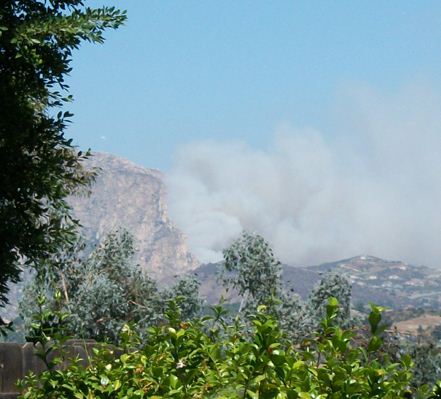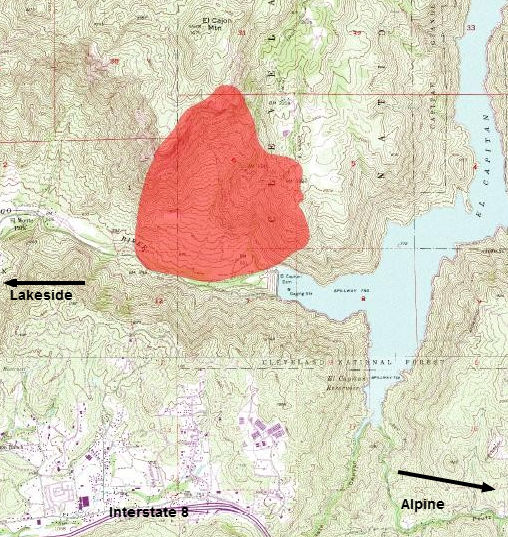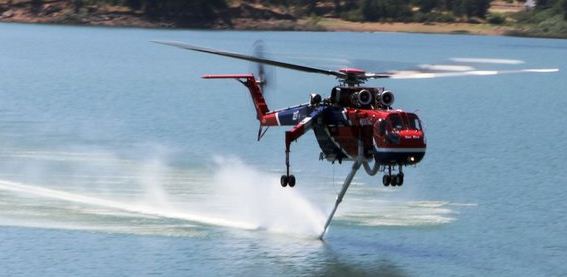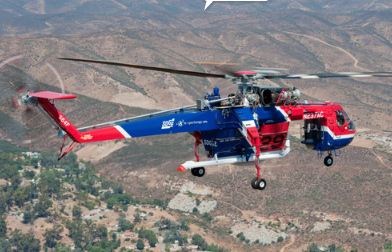That is what one of the firefighters on a Grayback Forestry fire crew told a reporter for VBS.TV, when attempting to describe what it is like to be a wildland firefighter.
The 14 minute video below expands on that, at times from the point of view of a rookie or reporter that was thrown into that role for a day or so. The photography is excellent, and when I saw the images of a fire warehouse and a chain saw it brought back those smells.
Check it out, it’s worth your time.
Here is how the video is described at VBS.tv:
Whenever someone at our office bitches about being overworked, our stock response is “Beats digging ditches.” While the express intention of the statement is usually not-so-supportive, we think it’s a healthy reminder that at the end of the day, we are all basically professional emailers and should be thankful for such.
The wildland firefighters who work for Grayback Forestry in Southern Oregon have no such motivational adages because their job is actually digging ditches. Around active forest fires. On the sides of mountains. You can’t even bitch at these guys for having cushy government pensions to fall back on when they get older, because they’re all private-sector contractors. Which means if they aren’t out fighting forest fires or doing preventative forestry on unburned woods (basically extreme landscaping), they are losing money. They are literally the hardest working men in tree business.
We spent a few days following a crew of Grayback forest-firefighters walk up the sides of what most people would consider a cliff to chop down underbrush in preparation for a controlled burn. This is what they like to call “project work,” aka the light stuff in between fires, and yet it was still some of the hardest most least-rewarding work we have ever tried to do in our lives. Unless you consider 12-hour-plus shifts of backbreaking labor, virtually zero outside recognition, and occasional accusations of being shills for the timber industry rewards. Which we do not.






